鉱物資源フロンティアミュージアム
ミネラフロント
THE MUSEUM OF MINERAL RESOURCES FRONTIER
"MINERAFRONT"
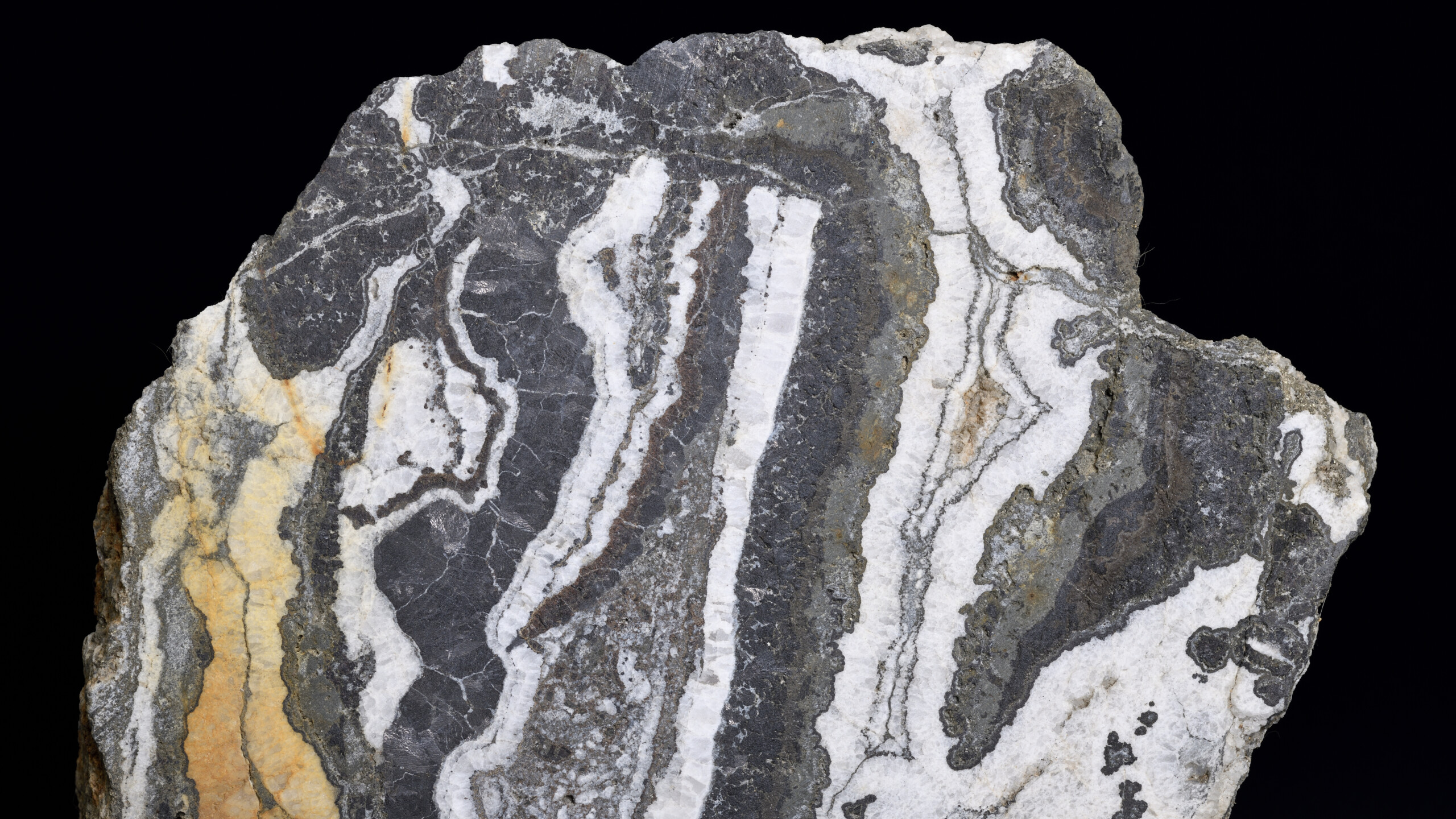
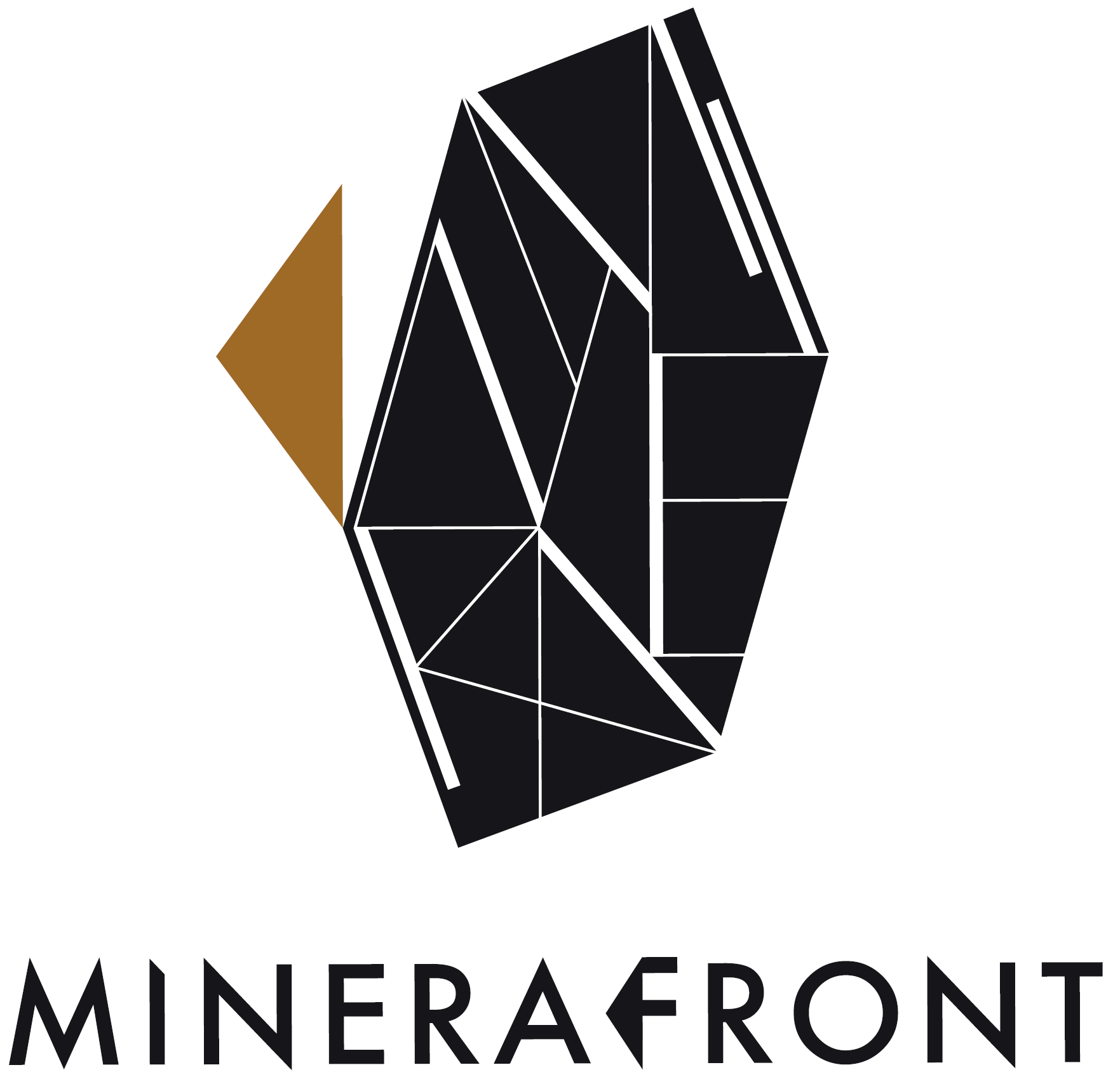
鉱物資源フロンティアミュージアム「ミネラフロント」は、日本の鉱山から産出した壮麗な鉱物標本と、深海底鉱物資源や宇宙資源といったフロンティア資源に関する最新の研究成果を結集し、未来のフロンティアに挑んでいく次世代の開拓者の道標となるべく設立を進めています。私は、これまでの地球の研究を通じて、美しい鉱石鉱物標本や、地球の驚くべき風景に数多く出会ってきた経験を活かし、資源研究の魅力を広く伝えられる展示コンテンツや展示物を製作しています。
The Museum of Mineral Resources Frontier “MINERAFRONT” is being established to bring together magnificent mineral specimens from Japanese mines and the latest research results on the frontier resources, such as deep-sea mineral resources and space resources, to serve as a milestone for the next generation of pioneers who will challenge the frontiers in the future. I am using my experience of encountering many beautiful ore mineral specimens and amazing landscapes of the Earth through my research activities of the Earth to produce exhibition that can widely share fascinations of studying mineral resources.
主催
東京大学大学院工学系研究科
千葉工業大学
共催
東京大学大学院工学系研究科システム創成学専攻
東京大学総合研究博物館
千葉工業大学次世代海洋資源研究センター
企画・設計
加藤泰浩(東京大学 大学院工学系研究科 教授)
大田隼一郎(東京大学 大学院工学系研究科 助教)
藤永公一郎(千葉工業大学 次世代海洋資源研究センター 上席研究員)
矢野萌生(千葉工業大学 次世代海洋資源研究センター 主任研究員)
宮本英昭(東京大学 大学院工学系研究科 教授)
洪恒夫(東京大学総合博物館ミュージアムテクノロジー研究部門特任教授)
松本文夫(東京大学総合博物館ミュージアムテクノロジー研究部門特任教授)
関岡裕之(東京大学総合博物館インターメディアテク研究部門特任准教授)
Host Organizations
School of Engineering, The University of Tokyo
Chiba Institute of Technology
Co-Host Organizations
Department of Systems Innovation, School of Engineering, The University of Tokyo
The University Museum, The University of Tokyo
Ocean Resources Research Center for Next Generation (ORCeNG)
Plan/Design
Yasuhiro kato, Professor, School of Engineering, The University of Tokyo
Junichiro Ohta, Assistant Professor, School of Engineering, The University of Tokyo
Koichiro Fujinaga, Senior Scientist, ORCeNG, Chiba Institute of Technology
Moei Yano, Chief Scientist, ORCeNG, Chiba Institute of Technology
Hideaki Miyamoto, Professor, School of Engineering, The University of Tokyo
Tsuneo Ko, Project Professor, The University Museum, The University of Tokyo
Fumio Matsumoto, Project Professor, The University Museum, The University of Tokyo
Hiroyuki Sekioka, Project Associate Professor, The University Museum, The University of Tokyo
自然に学ぶみんなの学校
NATURE EXPERIENCE SCHOOL FOR CHILDREN
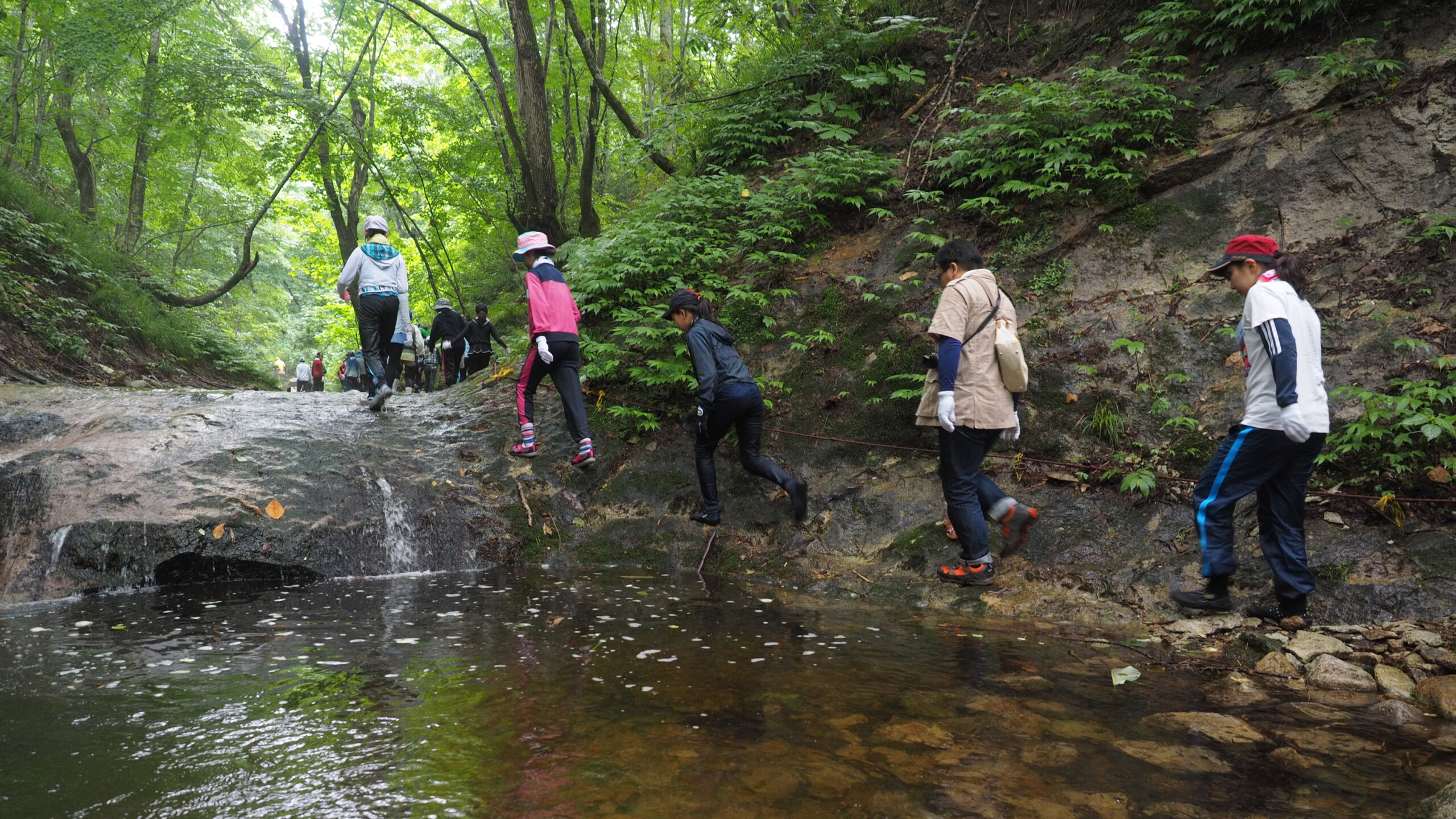
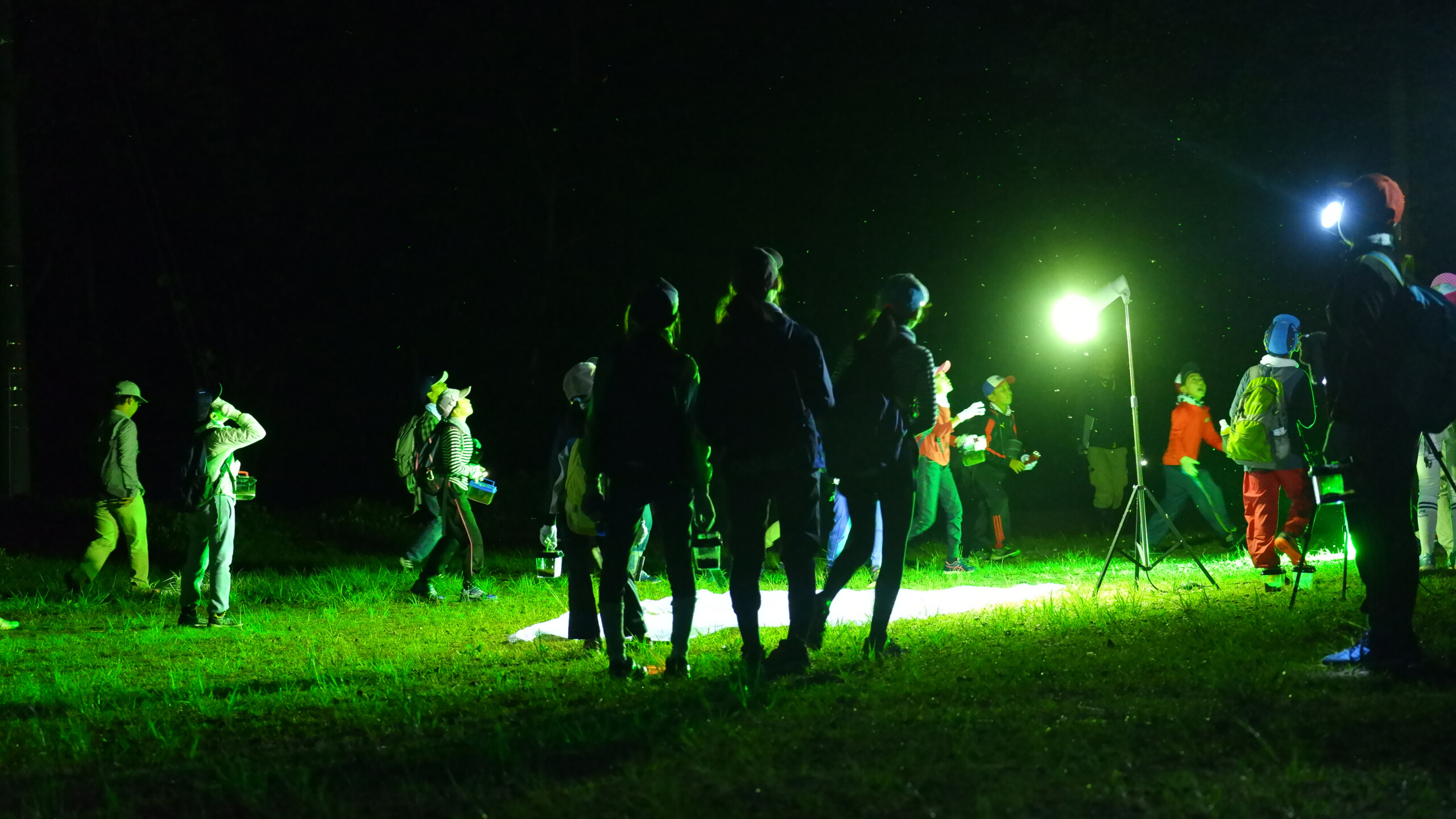

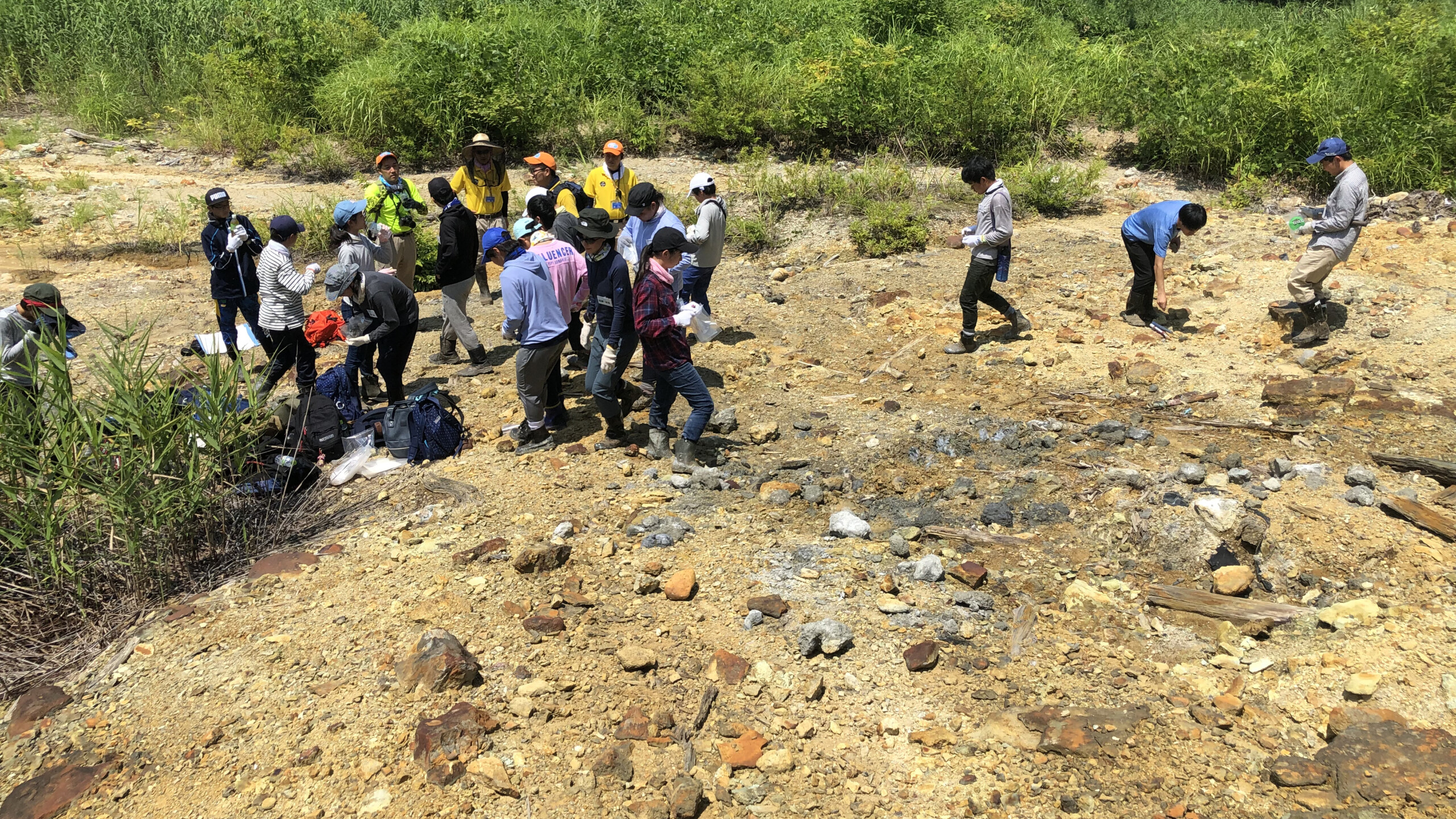
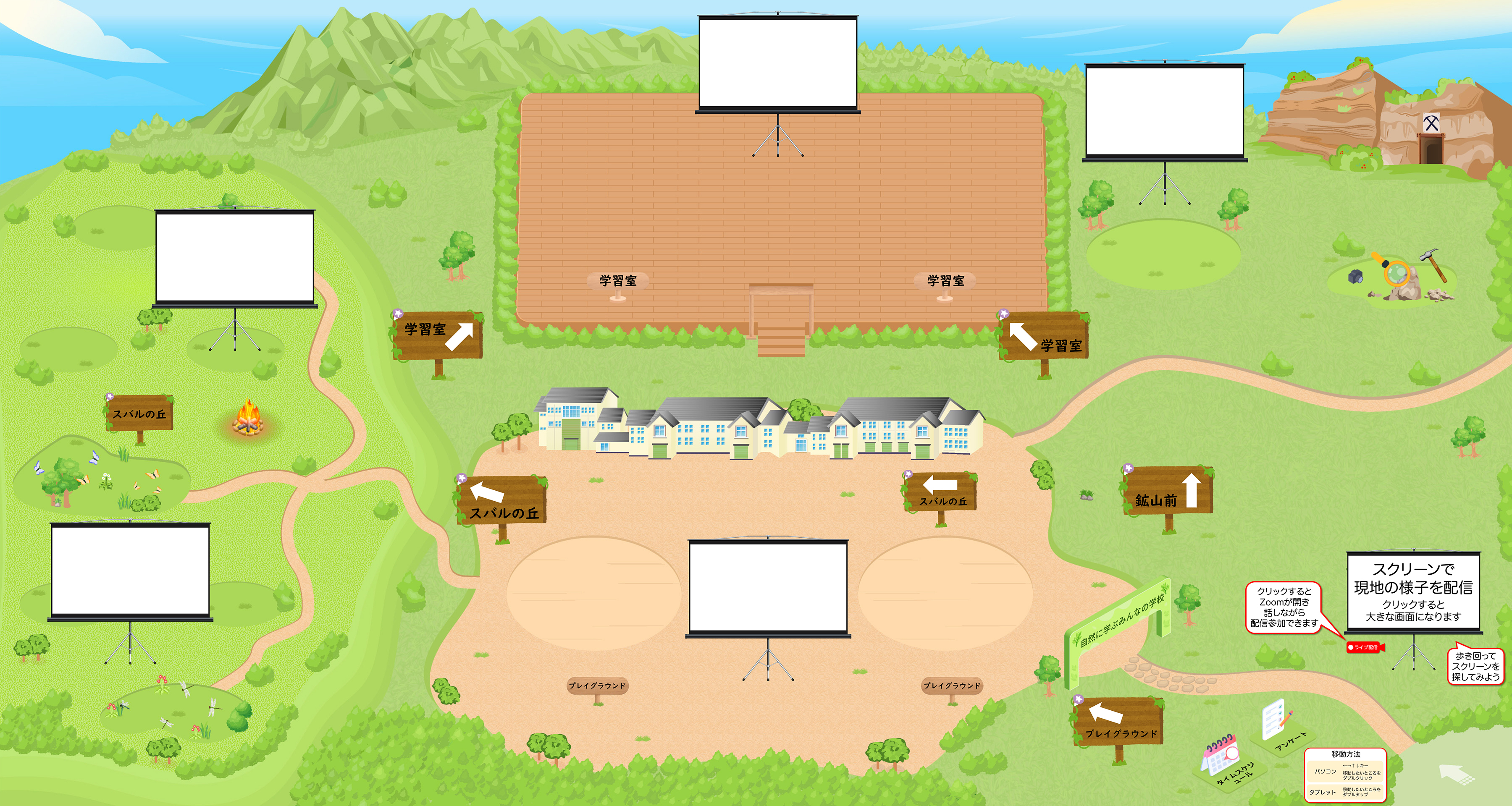
東京大学大学院工学系研究科システム創成学専攻 加藤・中村・安川研究室では、「自然に学ぶ夏の学校」と題して、子どもたちが自然に親しみながら地球を学ぶマースクールを、2015年から開講してきました。私は、メインメンバーとして、イベント企画、コンテンツ作りを主導し、体験活動の講師も務めてきました。大自然の中での3日間の合宿の中で、昼間には鉱物観察や鉱物採集、昆虫採集を行い、夜間には星空観察と昆虫採集を実施し、その中で子どもたちと教員や学生が科学的視点を使って一緒に自然を体験することで、自然を深く知る面白さを知ってもらうことを目指しています。2020年から2022年の新型コロナウイルス感染拡大中には、ライブ配信やVRを取り入れたオンライン自然体験教室の試みを実施しました。そして2023年、この取り組みはヒューリック株式会社の援助のもと、「自然に学ぶみんなの学校」として規模を拡大しました。自然に学ぶみんなの学校は、現地参加の子どもたちと、メタバースを介してオンラインで参加する子どもたちとを融合し、「誰でも」「どこからでも」自然体験活動に参加できる、全く新しい学習の場を作ることを目指しています。
We have hold a sensory-based summer school event in nature for children from 2015. I have engaged in the program as planner, contents builder, and lecturer. During the three-day camp in the great nature, children observe and collect rocks, minerals, and insects during the daytime, and observe the starry sky and collect insects using light trap during the nighttime. Furthermore, in order to let children know the fun of knowing nature in depth, lecturers and students teach them how to observe and think about nature closely using scientific perspectives. From 2020 to 2022, during the pandemic, we have tried to apply live-streaming and virtual reality to the nature experience school. In 2023, sponsored by Hulic Co., Ltd., we have enlarged the scale of this program as the nature experience shlool for “all” children. This program ames to serve a new learning environment where children in “any” situation can participate from “anywhere” by combining on-site experience and online experience through the metaverse.
自然に学ぶみんなの学校 NATURE SCHOOL FOR CHILDREN
DX実験室の構築
DIGITAL TRANSFORMED LABORATORY
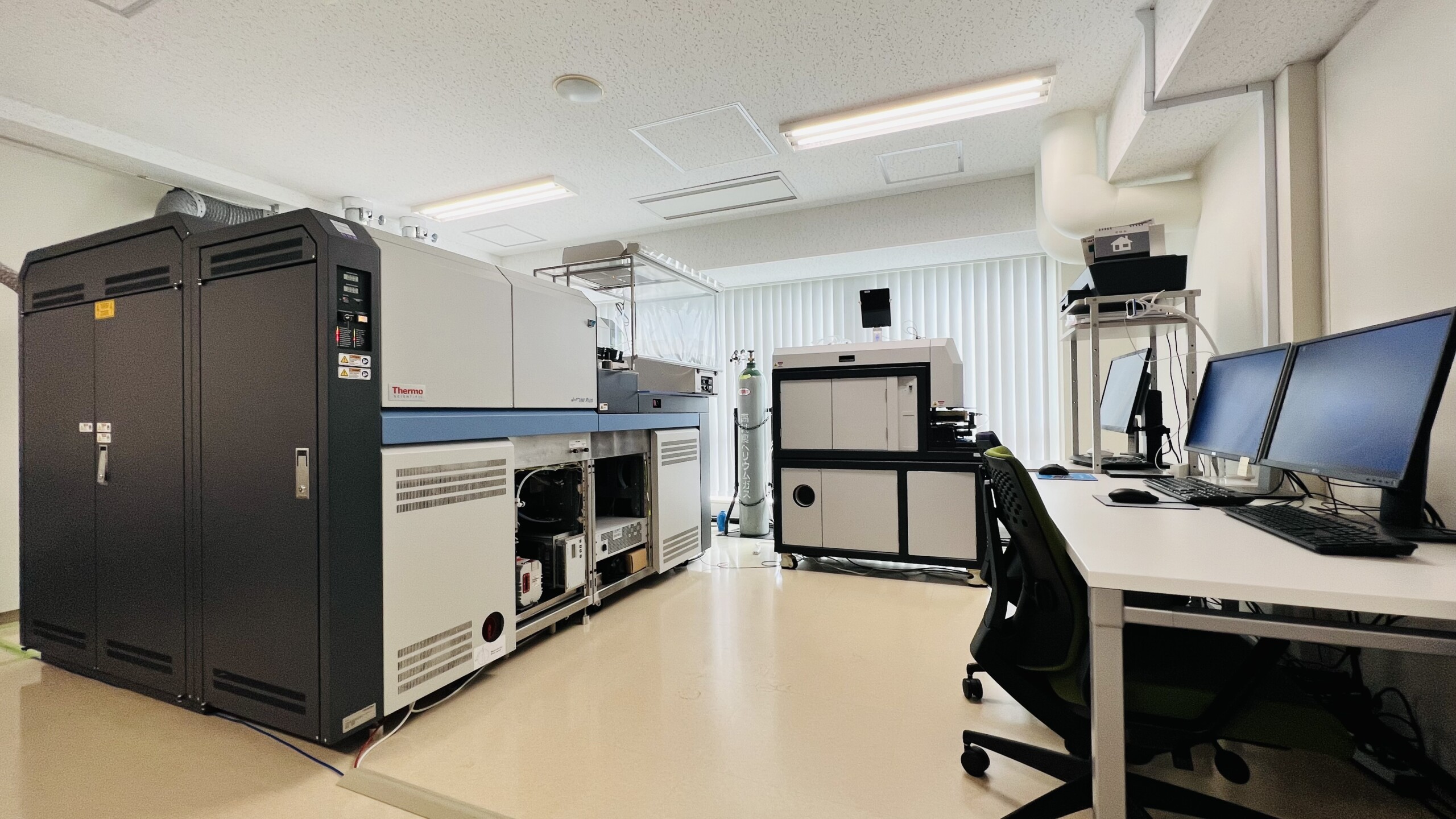
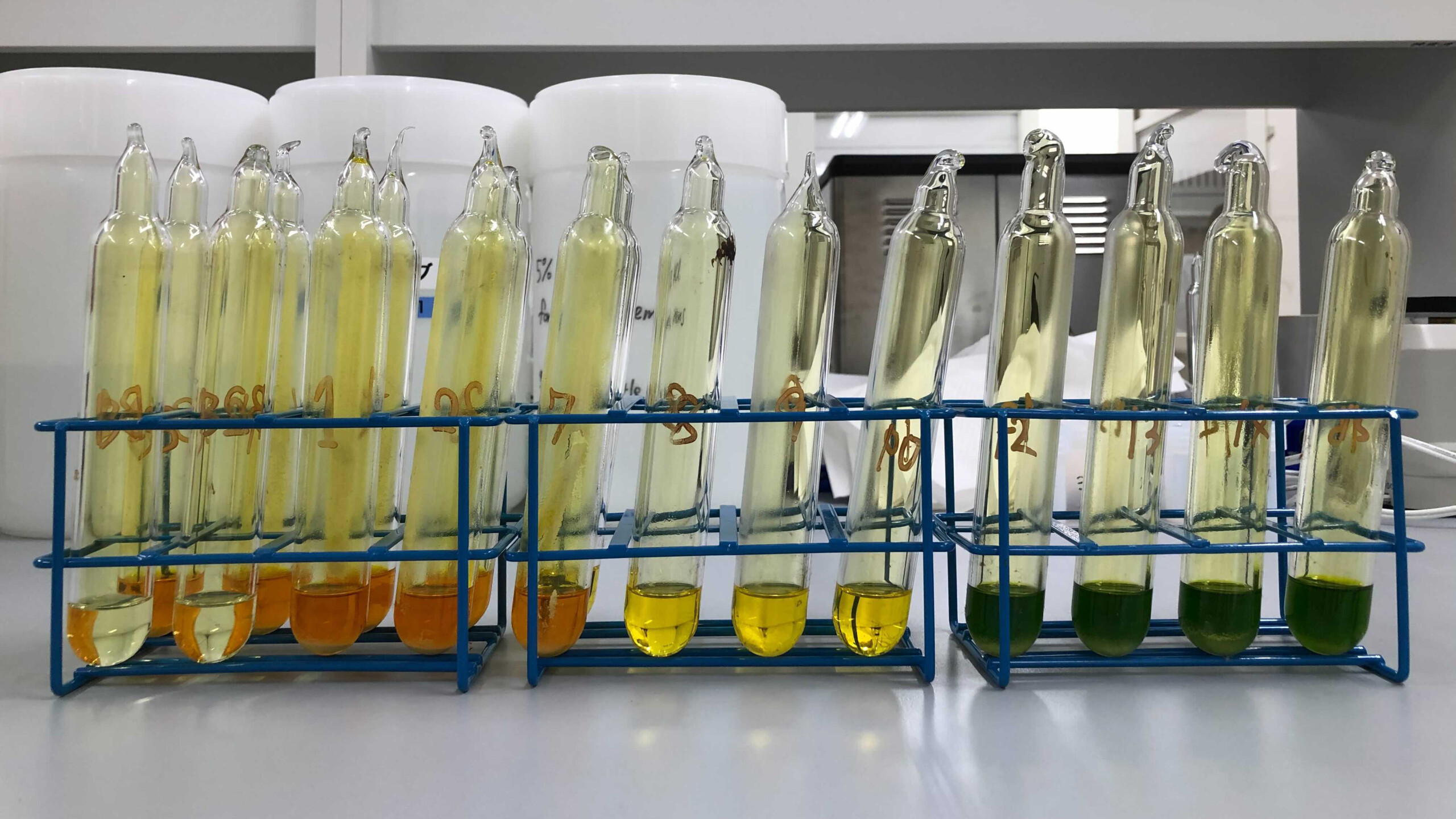
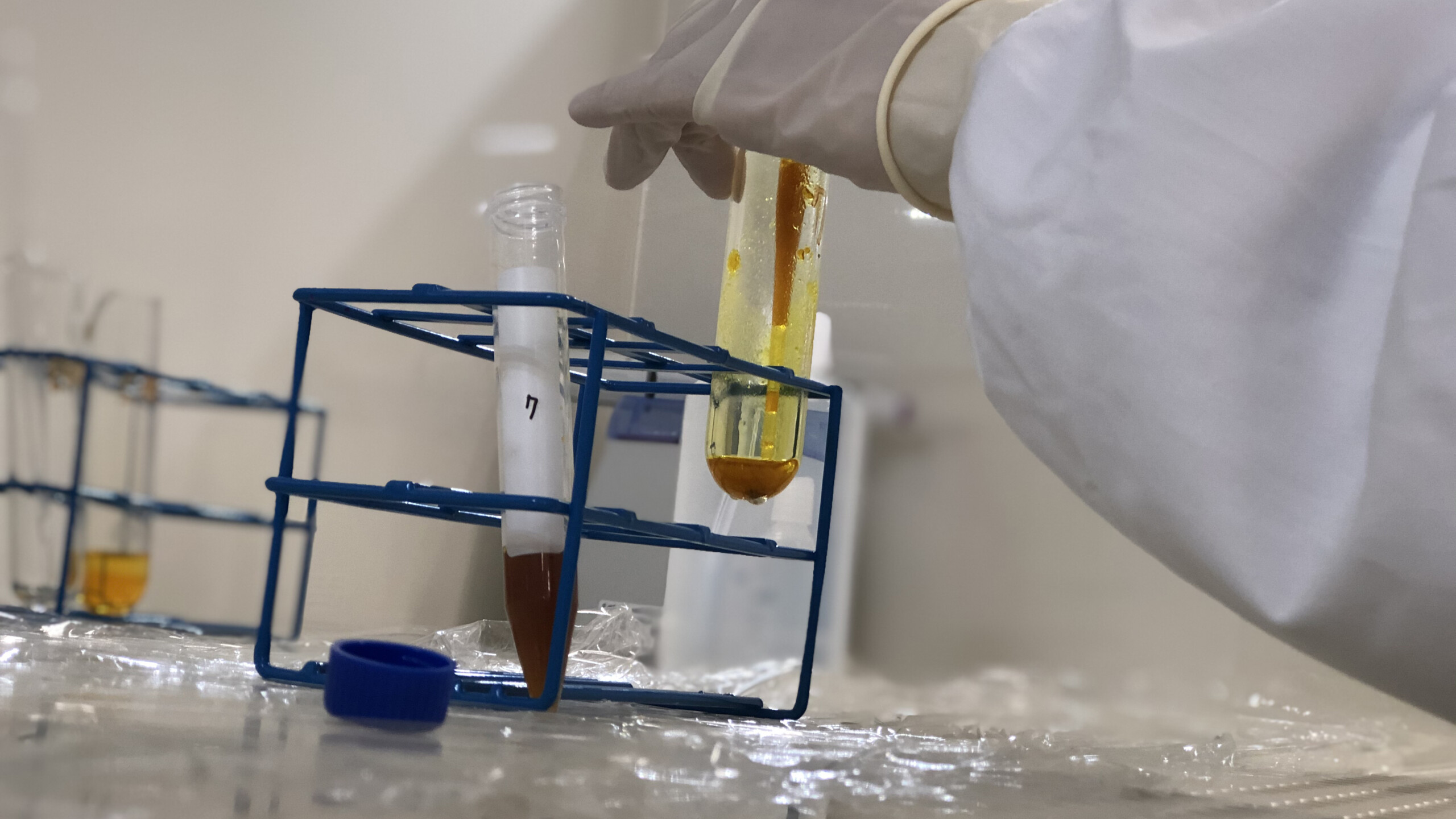
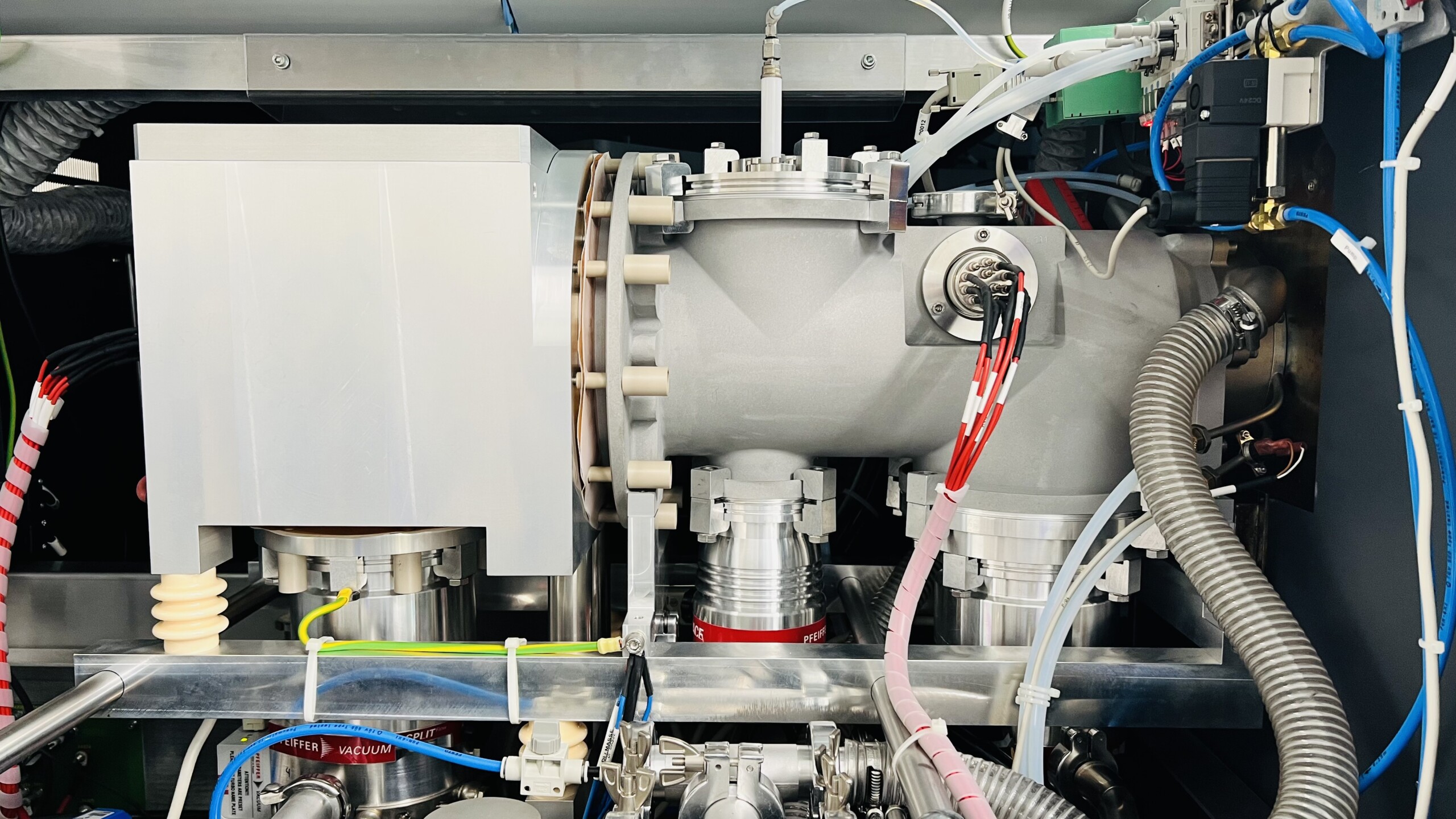
地球の素晴らしさを知り、地球を深く知ることの面白さを知ること。そのために最も重要となるのは、実際に地球のモノに触れ、自分自身の体で感じ、考えることです。それは、子どもでも学生でも研究者でも同じことです。しかし、それは常に叶うわけではありません。自然災害や新型コロナウイルスの感染拡大による体験機会の減少といったものだけでなく、さまざまな事情によって、自ら体験する機会を得られないことも多くあります。私は、地球に五感で触れることの素晴らしさを知る体験は、すべての人に平等にあってほしいと考えています。そのために私は、仮想現実(VR)や複合現実(MR)などのICT: 情報通信技術を駆使してそれを実現するために、研究開発を実施しています。
To know the wonder of the earth and the fascination of knowing it deeply, the most important thing is to actually touch things of the earth, feel them with your own body, and think about them. This is true whether you are a child, a student, or a researcher. However, this is not always possible. Not only natural disasters and the coronavirus pandemic reduce opportunities for people to experience the earth, but there are also many other circumstances that prevent people from having the chance to experience the earth for themselves. I want everyone to have an equal opportunity to experience the wonder of touching the earth with all five senses. For this purpose, I am conducting research and development to realize this through the use of ICT: Information and Communication Technology such as Virtual Reality (VR) and Mixed Reality (MR).